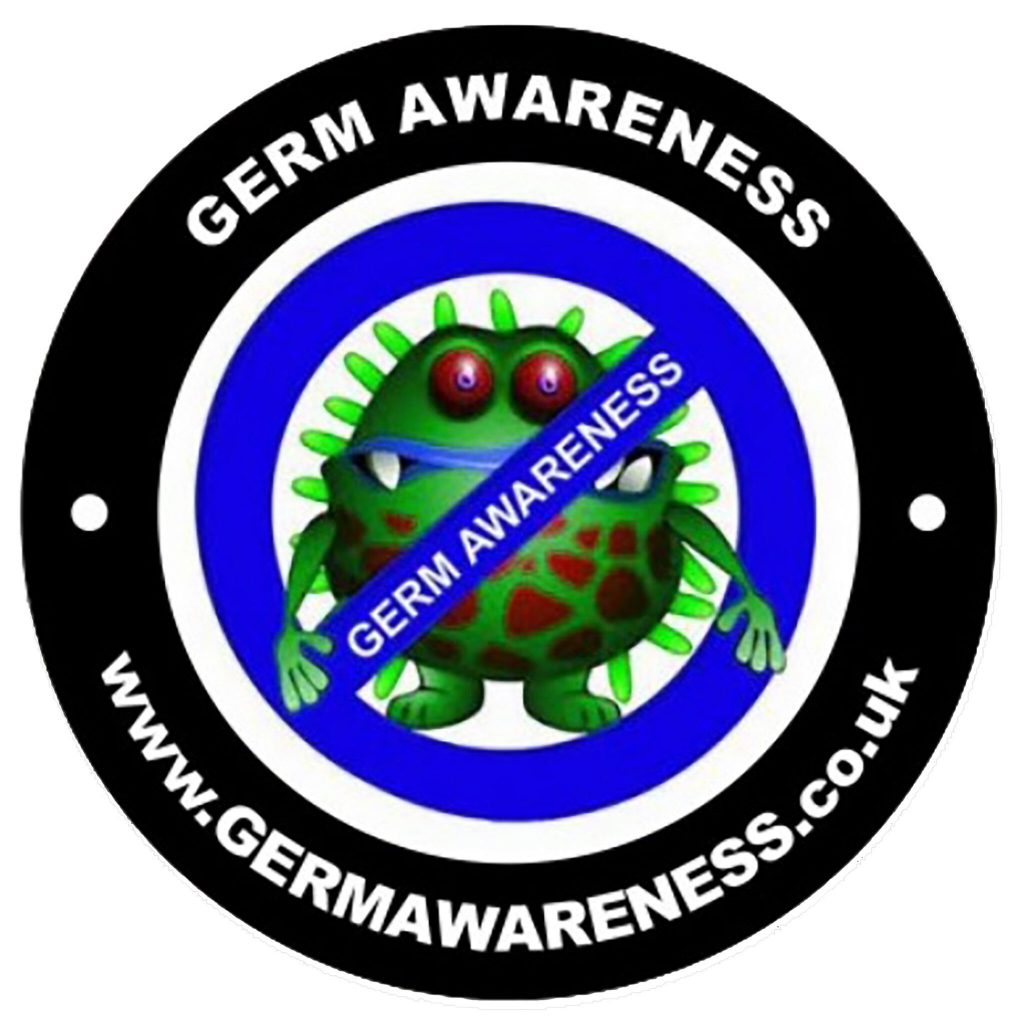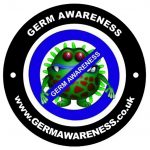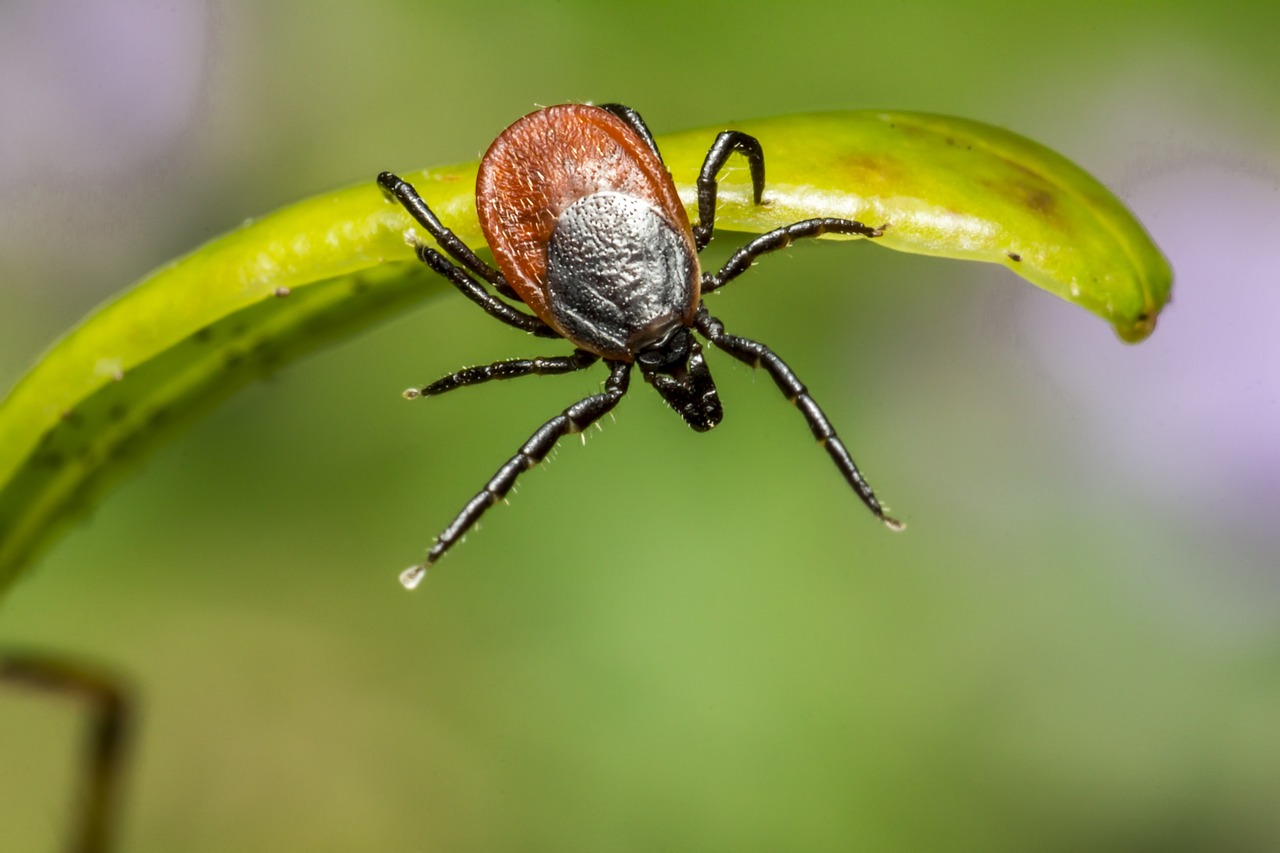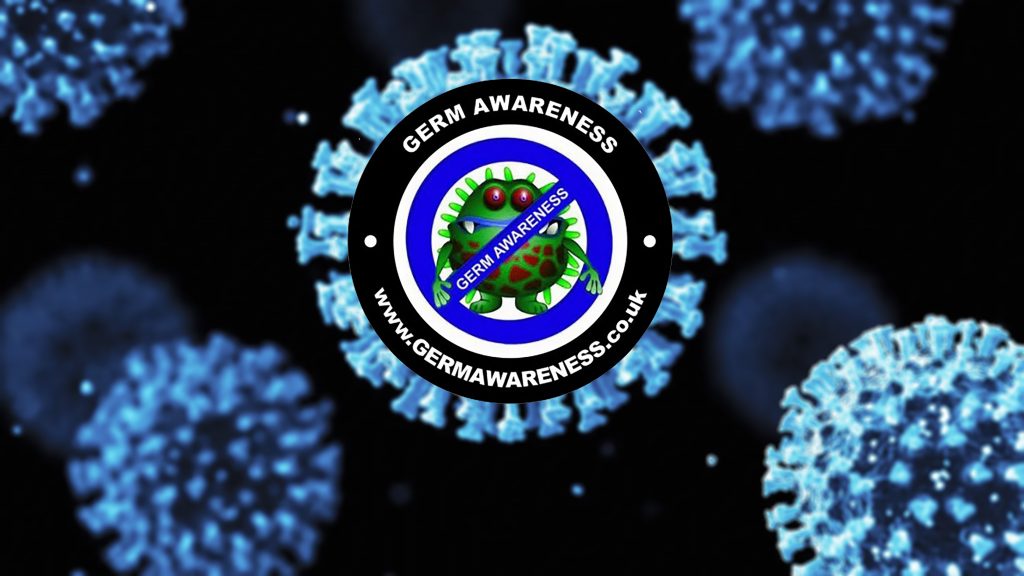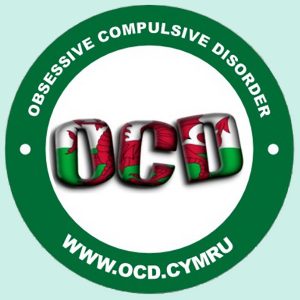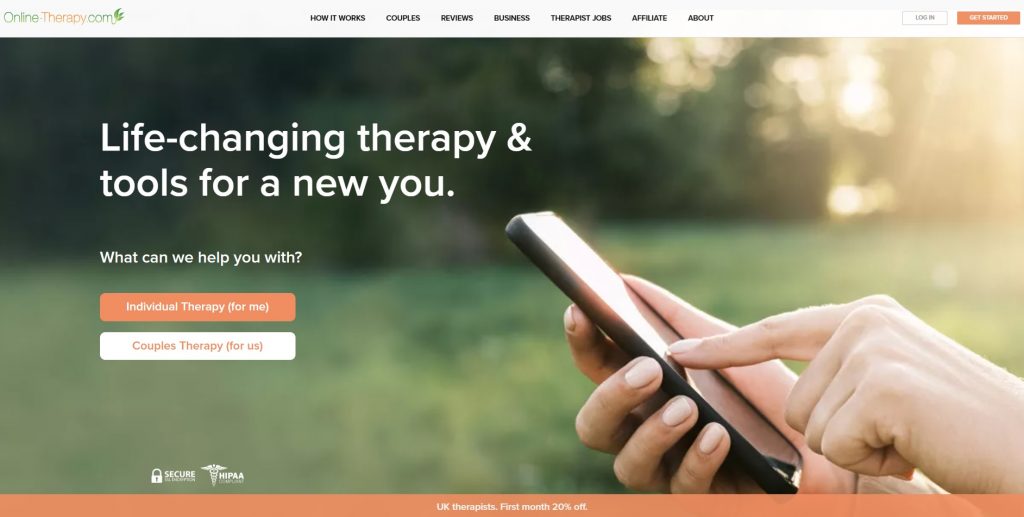
Image Credit: PhotoFunia.com Category Vintage, Typewriter.
Everything You Need To Know About Dengue Fever & How To Protect Yourself
Dengue fever, colloquially known as “Bone Break Fever” due to its severe, flu-like symptoms and intense joint pain, has historically been confined to tropical and subtropical climates. However, recent epidemiological trends indicate a worrying surge in Europe, with cases in the European Union (EU) and European Economic Area (EEA) doubling last year compared to the previous one. The National Health Service (NHS) has issued specific cautions for travelers heading to southern Europe from spring to November, highlighting popular destinations such as Croatia, France, Italy, Spain, Portugal, and Madeira.
The Spread of Dengue Fever in Europe
Dengue fever is caused by the dengue virus, which is transmitted primarily by the Aedes aegypti mosquito. The disease is characterized by high fever, severe headaches, pain behind the eyes, joint and muscle pain, rash, and mild bleeding. In severe cases, it can develop into dengue hemorrhagic fever or dengue shock syndrome, both of which can be fatal without prompt medical treatment.
Traditionally, dengue has been endemic in regions with tropical climates, such as Southeast Asia, the Pacific Islands, the Caribbean, and Latin America. However, the combination of climate change, increased global travel, and urbanization has facilitated the spread of dengue-carrying mosquitos to new regions. In recent years, Europe has seen a marked increase in dengue cases, particularly in southern parts of the continent.
Alarming Rise in Cases
Data from health authorities show a doubling of dengue fever cases in the EU and EEA last year compared to the previous year. This alarming trend underscores the need for increased vigilance and preventive measures. The European Centre for Disease Prevention and Control (ECDC) has been closely monitoring the situation and working with national health agencies to implement strategies to control the spread of the disease.
Travel Warnings and Preventive Measures
The NHS has issued advisories for travelers to southern Europe, particularly between spring and November when mosquito activity is at its peak. This warning includes highly frequented tourist destinations such as:
- Croatia: Known for its stunning Adriatic coastline and historic cities like Dubrovnik and Split.
- France: Particularly the Mediterranean coast and Corsica, which attract millions of tourists each year.
- Italy: Including popular regions such as Tuscany, the Amalfi Coast, and Sicily.
- Spain: Especially the southern regions and the Balearic Islands.
- Portugal: Including the Algarve and the island of Madeira.
Travelers to these areas are advised to take preventive measures to avoid mosquito bites. These measures include using insect repellent, wearing long-sleeved clothing, and staying in accommodations with screened windows or air conditioning. Additionally, travelers should be aware of the symptoms of dengue fever and seek medical attention promptly if they experience any.
The Role of Climate Change
Climate change is a significant factor contributing to the spread of dengue fever. Warmer temperatures and changes in precipitation patterns create favorable conditions for the breeding and survival of Aedes mosquitos. As a result, regions that were previously unsuitable for these mosquitos are becoming new habitats, facilitating the spread of dengue fever.
Protecting Yourself from Mosquito Bites: Essential Tips and Strategies
Mosquito bites are more than just an itchy nuisance; they can transmit serious diseases such as dengue fever, malaria, Zika virus, and West Nile virus. With the recent surge in dengue fever cases in Europe, particularly in popular tourist destinations, protecting yourself from mosquito bites has become even more crucial. Here are some essential tips and strategies to minimize your risk.
1. Use Effective Insect Repellents
One of the most effective ways to prevent mosquito bites is by using insect repellents. Look for products that contain DEET, picaridin, or oil of lemon eucalyptus (OLE). Apply the repellent to all exposed skin, and reapply as directed on the product label, especially if you’re sweating or swimming.
2. Wear Protective Clothing
Clothing can be a simple yet effective barrier against mosquito bites. Wear long-sleeved shirts, long pants, socks, and shoes when possible. Opt for light-colored clothing, as mosquitos are more attracted to dark colors. For added protection, consider treating your clothing with permethrin, an insect repellent that binds to fabric.
3. Stay in Screened or Air-Conditioned Areas
Mosquitos are most active during dawn and dusk, but they can bite at any time of day. Stay indoors during peak mosquito activity times if possible. When indoors, use air conditioning or ensure that windows and doors are covered with screens to prevent mosquitos from entering.
4. Use Mosquito Nets
When traveling to areas with high mosquito activity, especially in regions with endemic mosquito-borne diseases, use mosquito nets over your bed. This is particularly important if you’re staying in accommodations without air conditioning or adequate screening. Make sure the net is properly secured and has no holes.
5. Remove Standing Water
Mosquitos breed in standing water. Regularly check and eliminate standing water around your home or accommodation to reduce mosquito breeding sites. This includes emptying water from flower pots, bird baths, pet bowls, and gutters.
6. Consider Mosquito Traps and Larvicides
Mosquito traps can help reduce the local mosquito population. These devices attract and capture mosquitos, reducing their numbers in your immediate vicinity. Additionally, larvicides can be used to treat standing water that cannot be eliminated, killing mosquito larvae before they can develop into adults.
7. Be Cautious with Scented Products
Mosquitos are attracted to certain scents. Avoid using heavily scented lotions, perfumes, and body sprays that may attract mosquitos. Instead, use unscented or mildly scented personal care products.
8. Travel Prepared
If you’re traveling to a region with a known risk of mosquito-borne diseases, do your research beforehand. Pack essential items such as insect repellent, permethrin-treated clothing, and a mosquito net. Be aware of the symptoms of mosquito-borne diseases and seek medical attention promptly if you experience any.
9. Use Fans
Mosquitos are weak fliers, and a strong breeze can help keep them away. Use fans, especially outdoors, to create a less favorable environment for mosquitos. This simple method can significantly reduce the number of mosquito bites.
10. Natural Repellents and Remedies
Certain plants and oils are known for their mosquito-repellent properties. Consider planting mosquito-repelling plants such as citronella, lavender, marigold, and basil around your home. Essential oils such as eucalyptus, lavender, and tea tree oil can also provide some protection when applied to the skin, though they may need to be reapplied more frequently than chemical repellents.
Conclusion
Preventing mosquito bites requires a multi-faceted approach that includes personal protection, environmental management, and travel preparedness. By implementing these strategies, you can significantly reduce your risk of mosquito bites and the diseases they can transmit. Stay informed, stay protected, and enjoy your time outdoors with peace of mind.
The doubling of dengue fever cases in Europe is a stark reminder of the changing climate of infectious diseases. As the global climate continues to change and international travel remains high, the risk of dengue and other mosquito-borne diseases will likely increase. It is crucial for travelers to be aware of these risks and take appropriate precautions, and for public health agencies to continue monitoring and controlling the spread of these diseases. By working together, we can mitigate the impact of dengue fever and protect public health.
Further Reading:
- Brits issued warning over ‘bone-break fever’ as deadly disease spreads (msn.com)
- Dengue – NHS (www.nhs.uk)
- Dengue and severe dengue (who.int)
- Dengue Fever: Symptoms, Treatment, and Prevention (patient.info)
- Dengue fever – Symptoms and causes – Mayo Clinic
- Factsheet about dengue (europa.eu)


